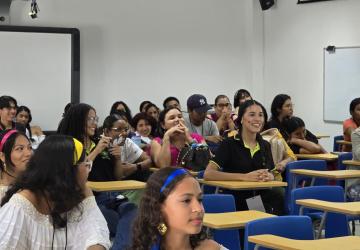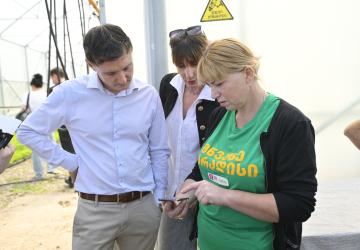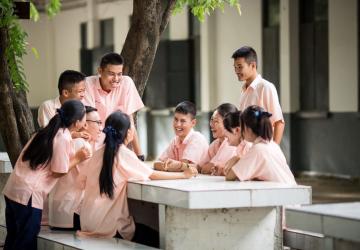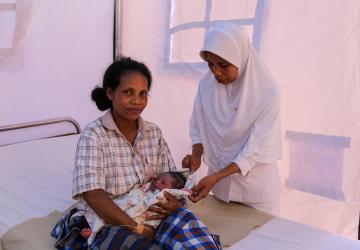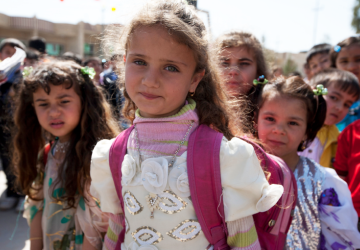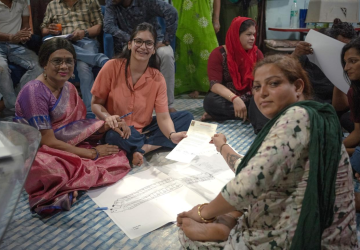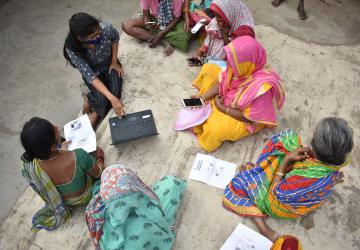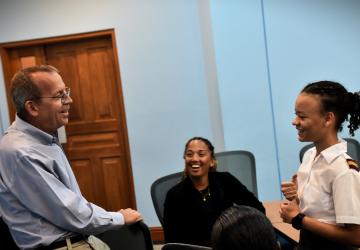Power of Partnerships: The High Road for Sustainability in Thailand
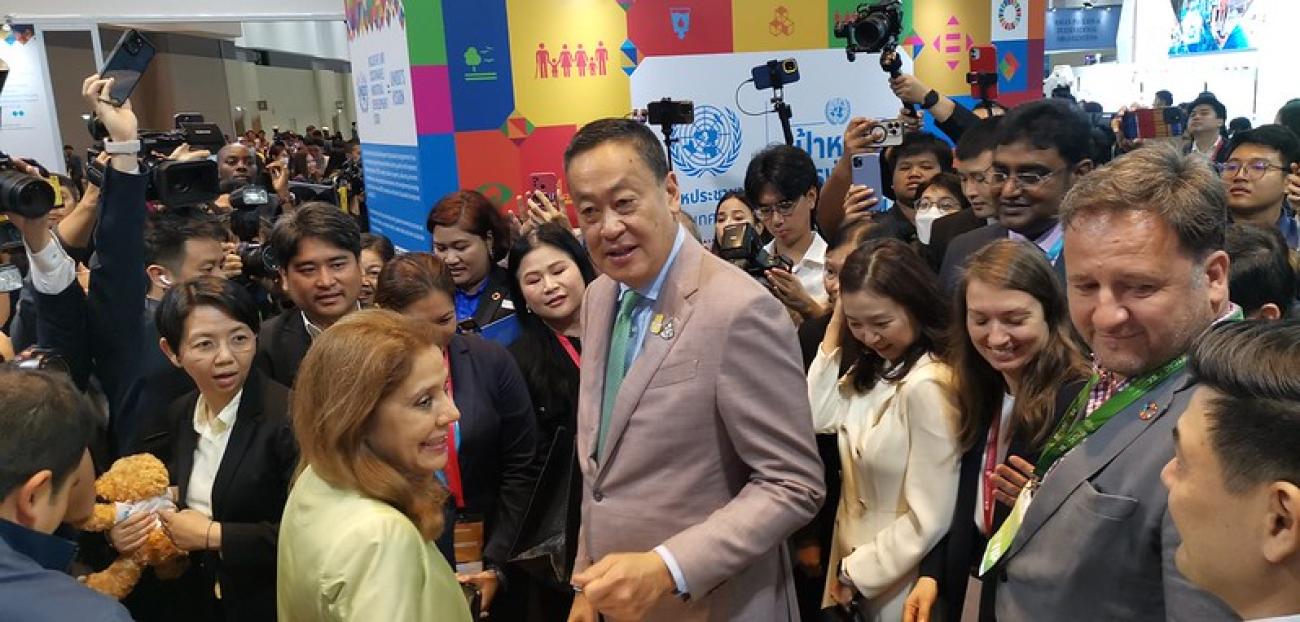
Departing Thailand, the "Land of Smiles," with the last echoes of Songkran, the Thai New Year festival, fading behind me, I felt a deep sense of gratitude. During my four years as the UN Resident Coordinator, the UN Country Team’s 21 agencies, working in partnership with the government, private sector, civil society, and young people to accelerate progress on the Sustainable Development Goals. This fills me with a sense of purpose as I carry forward my experiences and the inspirations that I’ve witnessed in this upper-middle-income country.
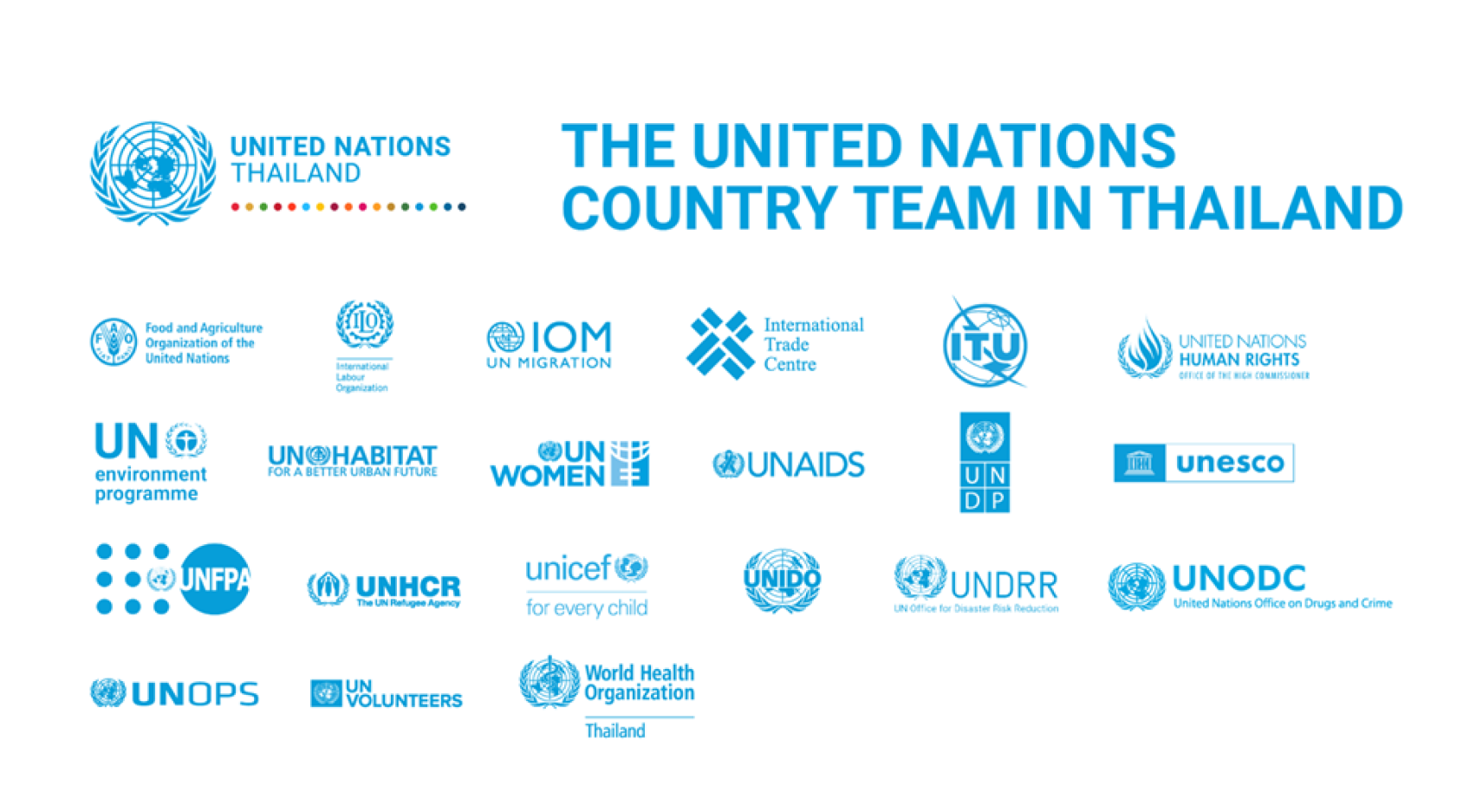
Essentially, I’ve seen how strategic UN Country Team partnerships turn goals into real-world actions. Evidence shows that when governments, businesses, civil society, and the UN come together, we unlock solutions, amplify green financing, and achieve transformative results. Here are a few examples from my time in Thailand.
Turning goals into action
In April, Thailand celebrated the success of its waste bank partnership initiative. This broad-based collaboration between the Ministry of Interior, Ministry of Natural Resources and Environment and UN tackles climate change by promoting local participation in establishing waste banks.
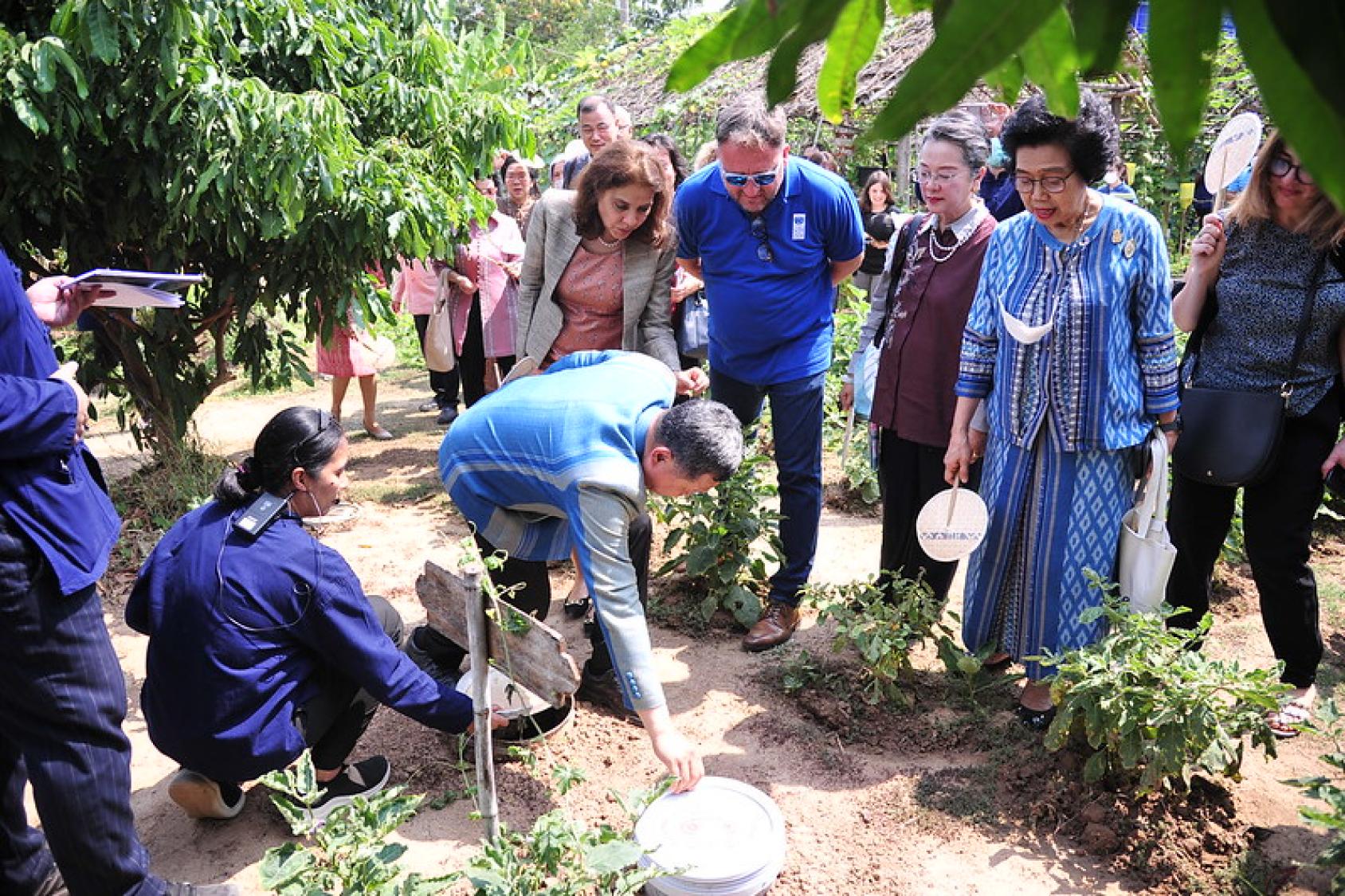
To date, 7,773 local communities have waste banks in place to boost the recycling rates of paper, plastic, and aluminum, while reducing waste by 4 percentage points. With the participation of two Deputy Prime Ministers and 76 provincial governors, the partnership is also scaling up waste segregation and collection in 14 million rural households while reducing annual carbon emissions by 550,000 tons per year. This generates valuable carbon credits for communities to reinvest in vital local infrastructure.
To accelerate progress on the SDGs at the local level, the partnership also aims to empower communities by promoting sustainable livelihoods. In one initiative spearheaded by Her Royal Highness Princess Sirivannavari Nariratana Rajakanya, two million women weavers are receiving upskilling from top Thai designers to upscale sustainable fashion, including the use of natural dyes as well as traditional designs and motifs. By reducing their carbon footprints, Thai fabrics become more competitive globally, ensuring continued livelihoods for women weavers while bolstering the creative economy.
Business as a force for good
Beyond its role in convening partners, the UN also acts as a catalyst by bringing to bear cutting-edge expertise and resources to accelerate the SDGs. For instance, the UN is working with the Government of Thailand on sustainable forest management, thereby contributing to a 4.2 per cent reduction in greenhouse gas emissions. Its collaboration with the Ministry of Industry and private sector contributes to another 2.6 per cent reduction in emissions in support of deep decarbonization.
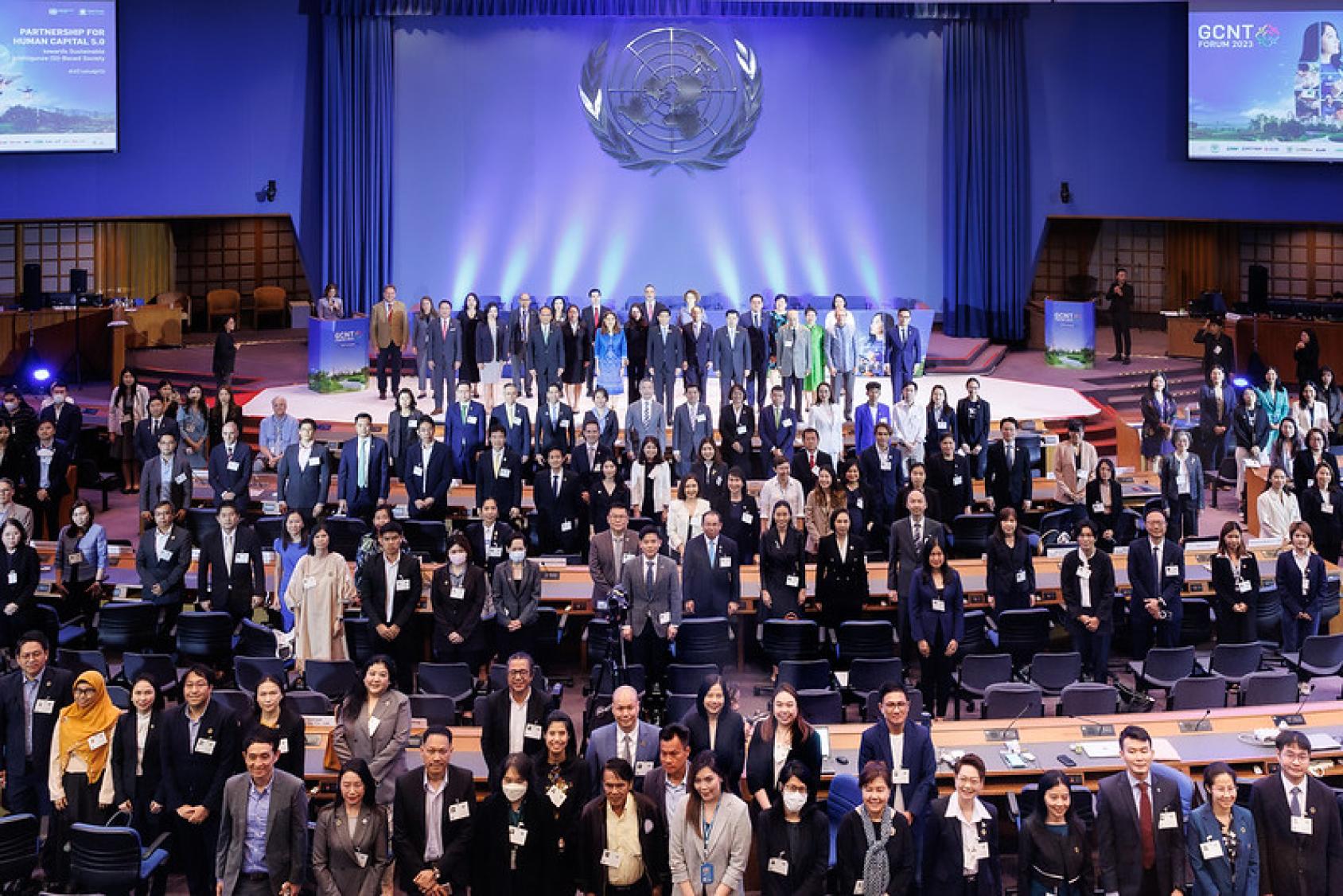
The UN leverages its partnership with the private sector primarily through the Global Compact Network in Thailand, which has pledged to invest $46.2 billion towards the 2030 Agenda, support the protection of a third of Thailand’s land and marine areas, and achieve net-zero emissions by 2050. These commitments demonstrate that sustainability can be synonymous with good business practices and robust bottom lines.
A similar shift towards sustainability is taking place among bankers, investors, and asset managers through dialogues facilitated by the Securities and Exchange Commission and UN. The country’s financial sector, with combined assets worth $1.3 trillion, has committed to responsible investments in alignment with the SDGs and the Paris Climate Agreement. These green investments have the potential to transform Thailand’s economic landscape.
Leaving with hope
During my four years in Thailand, we have sought to deepen the UN’s engagement with young people to draw on their insights and innovative ideas. This year, the Ministry of Foreign Affairs and UN brought together all university-level Model UN clubs in Thailand for a dialogue on “The Future of Sustainability.” The event was attended by the UN Assistant Secretary-General for Youth Affairs, which provided an opportunity for young people to interact with a top UN official about issues that are most important to them. It also paved the way for exploring how Thailand’s Model UN network can meaningfully contribute to the upcoming Summit of the Future.
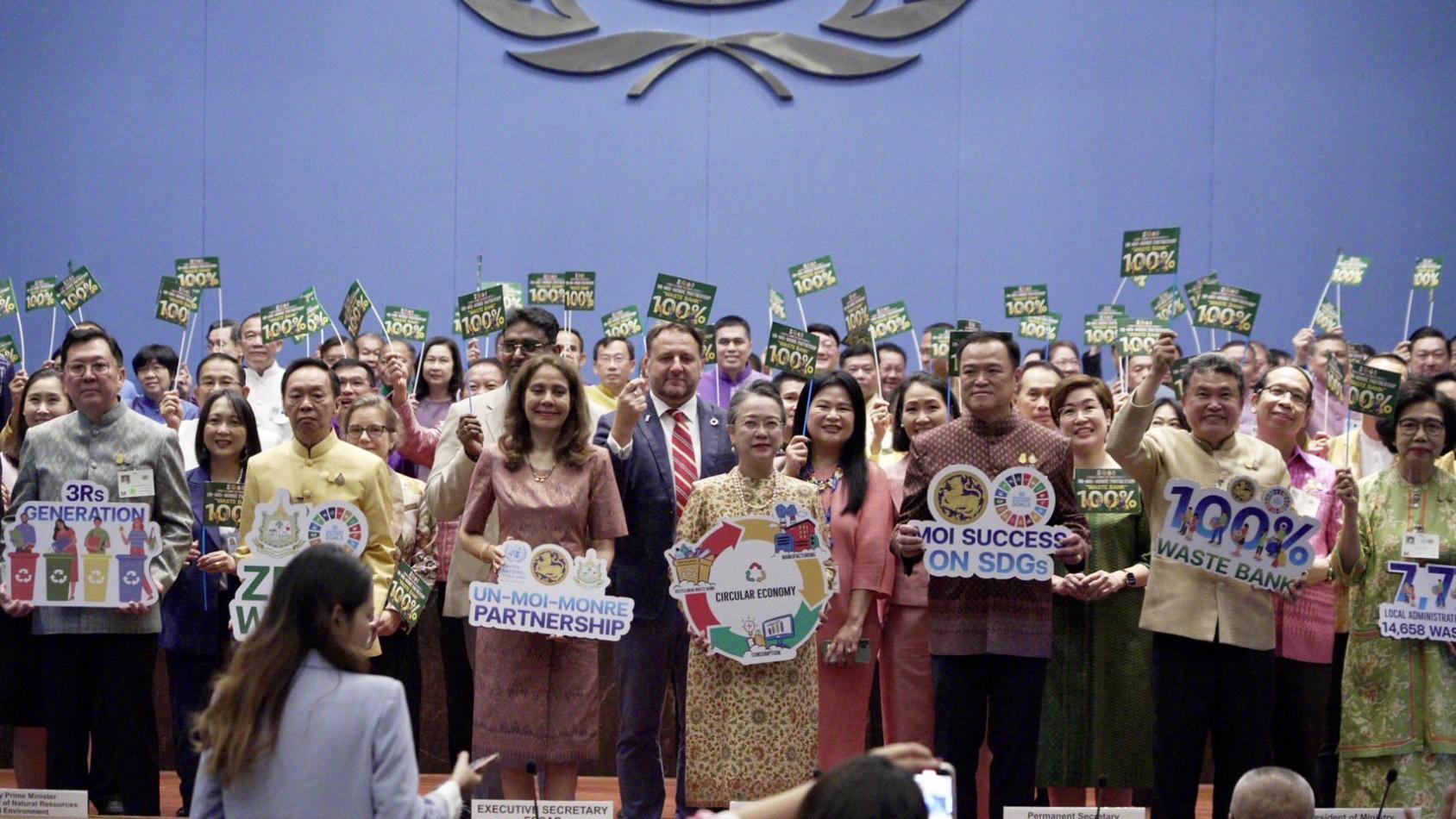
As I depart, I am filled with optimism for what Thailand can achieve, as it leads the region towards a more sustainable and equitable future. The UN stands ready to remain a steadfast ally during this ongoing journey and is grateful to every one of its partners who are making SDG progress a reality. The images of the ever-evolving hand-reeled and handwoven fabric, a symbol of Thailand’s vibrant spirit, will always be etched in my mind and heart as a testament to four wonderful years working together for a better future.
This blog was written by UN Resident Coordinator for Thailand from 2020 to 2024 Gita Sabharwal. To learn more about the work of the UN in Thailand visit thailand.un.org


